Carrabassett
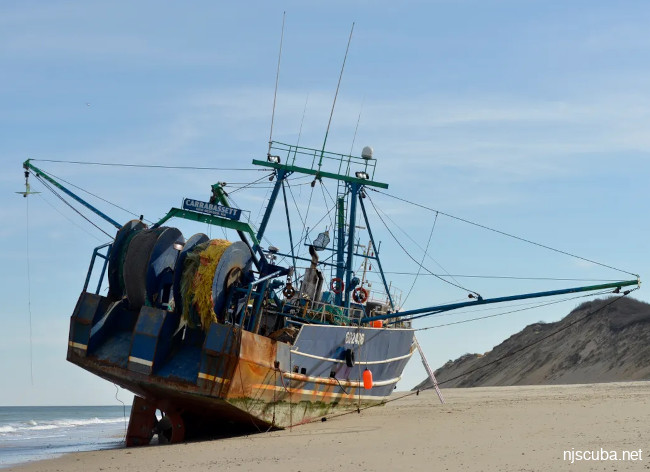
- Type:
- artificial reef, trawler
- Built:
- 1979, Gulf Coast Marine Builders, Bayou La Batre AL, as Cowboy
- Specs:
- ( 90 ft ) 159 tons
- Sunk:
- April 2024 - Axel Carlson Artificial Reef
- GPS:
- UNPUBLISHED
The Carrabassett was sunk on an undisclosed date in 2003 at an undisclosed location on the Axel Carlson Reef. This site and the New England Coast are the subjects of "a period of successional development and monitoring." * We will all have to wait for the peer-reviewed paper to be published in a scientific journal. Here is the NJDEP contact form if you would like to inquire about the progress of these studies:
'Codfather' Boat Sunk, Sleeps With the Fishes in Artificial Reef off Jersey Shore
Dan Radel
Asbury Park Press, app.com
Wed, April 24, 2024
The Axel Carlson Reef off the Jersey Shore has a new structure that was once part of the fleet of the infamous "Codfather" Carlos Rafael, a commercial fishermen who went to jail for mislabeling fish in 2016.
Rafael, a Portuguese immigrant in New Bedford, Massachusetts, went from a high school dropout cleaning fish on the docks to controlling one of the largest fishing fleets in the United States, until IRS agents posing as Russian mobsters cut him down. Rafael was getting around federal quotas by mislabeling fish and getting higher prices for his catch on the market. He has since been released from prison.
When he went to jail, his entire fleet of boats worth millions of dollars was seized by the IRS and sold off. One of those boats was the Carrabassett, a 90-foot steel dragger. It was purchased by a New England commercial outfit that ran the boat aground, cracking the hull open.
The boat then caught fire at drydock and was going to go on the scrap metal market when New Jersey's artificial reef program coordinator Peter Clark was able to secure it in order to add it to the Axel Carlson Reef, a man-made reef that sits 2.1 miles off the coast of Point Pleasant Beach.
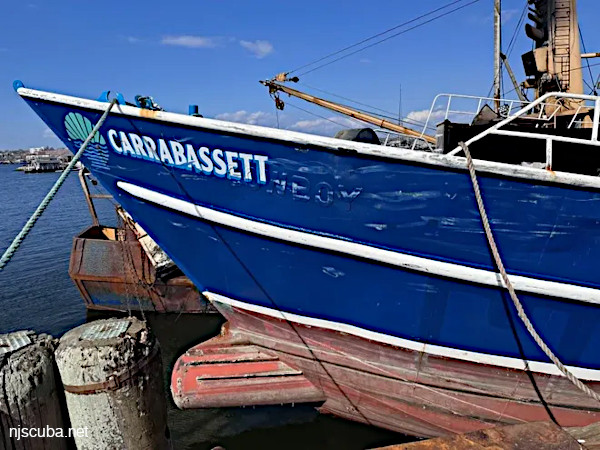
The boat cost $50,000 and was paid for by funds donated by the Manasquan River Marlin & Tuna Club and The Sportfishing Fund on a 50-50 split. The Manasquan club raised the money through its prestigious Offshore Open and Bluefin Open tournaments, held annually in August and June. The Sportfishing fund was established in 1988 by a private donor as a nonprofit dedicated to funding artificial reef projects. "The Manasquan guys have donated a ton. They're one of the biggest donors to the reef program in the state" Clark said.
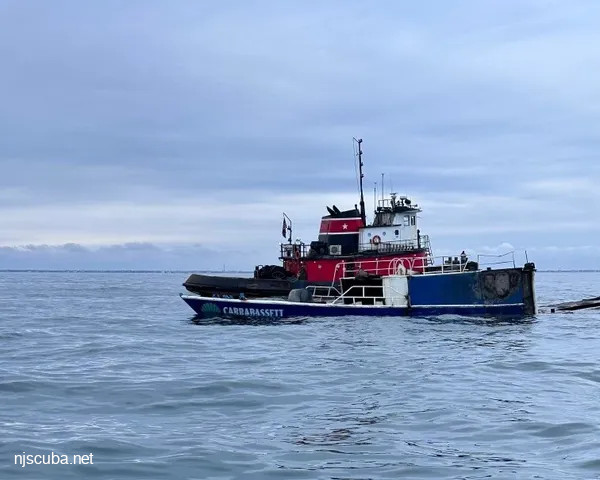
The NJ Fish & Wildlife Artificial Reef Program was begun in 1984 now has built 17 reefs off the coast and one in Delaware Bay. The program uses decommissioned rail cars, old tug boats, former commercial vessels and concrete reef balls to build the reefs. All vessels and rail cars are cleaned, removing all oils and fuels before being sunk. The purpose is to create a network of artificial reefs in the ocean waters along the New Jersey coast to provide a hard substrate for fish, shellfish and crustaceans, fishing grounds for anglers, and underwater structures for scuba divers. Deployments are donated and funded by outside organizations with oversight and coordination provided by the NJDEP Fish and Wildlife’s Artificial Reef Program.
"Fishermen like a good story. Stories are what makes it fun and they're going to get a kick out of saying they caught fish, or they dove on the Carrabassett," said Brian Kimmins, vice president of the Manasquan River Marlin & Tuna Club. Reef building is one of the ways the club, which is the oldest marlin and tuna club in the U.S., gives back to the sportfishing community. "The reefs are a huge part of the inshore fishery. It's what attracts the fish here and enhances our fisheries," Kimmins said.
The Carrabassett was sunk earlier this month in 72 feet of water on the Axel Carlson Reef. Clark said it usually takes about five years for a new reef structure to be covered in marine life in order to sustain species of fish such as sea bass, blackfish, fluke and shellfish like lobster. Some reef pieces have been exceptions. Clark said a structure they sunk on Little Egg Reef became inundated with mussels within 16 months and had blackfish, a popular game fish species, living on it. While the reefs get visited by fishermen all year round, they're also a destination for recreational divers.
When Jersey Shore native Dan Radel is not reporting the news, you can find him in a college classroom where he is a history professor. Reach him @danielradelapp; 732-643-4072; dradel@gannettnj.com.
This article originally appeared on Asbury Park Press, app.com
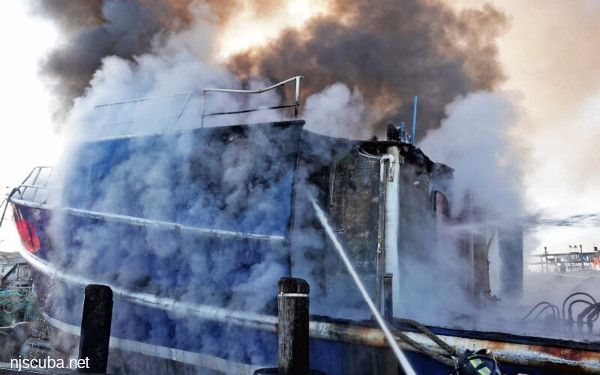
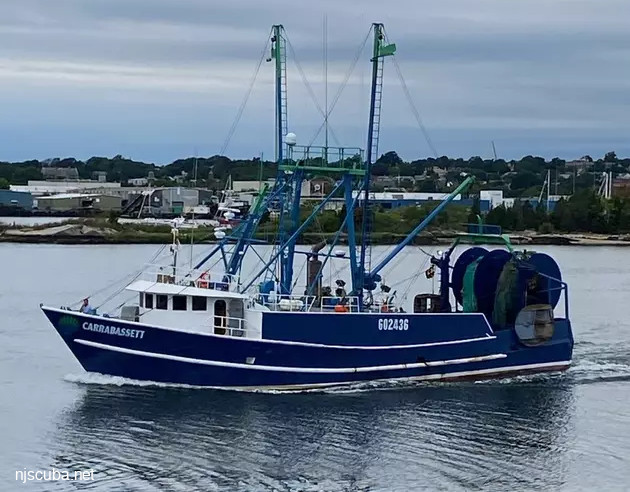
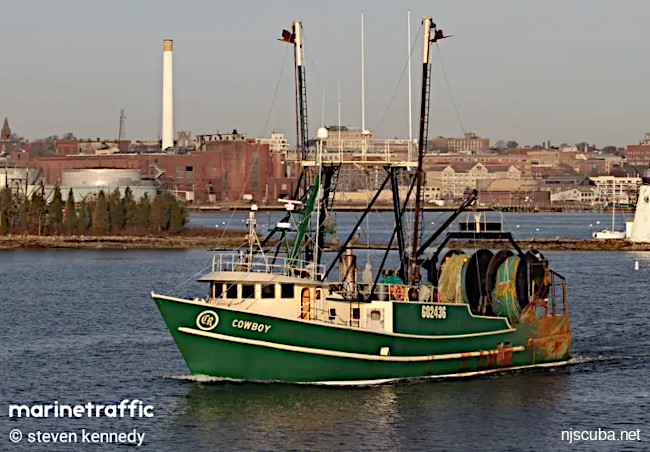

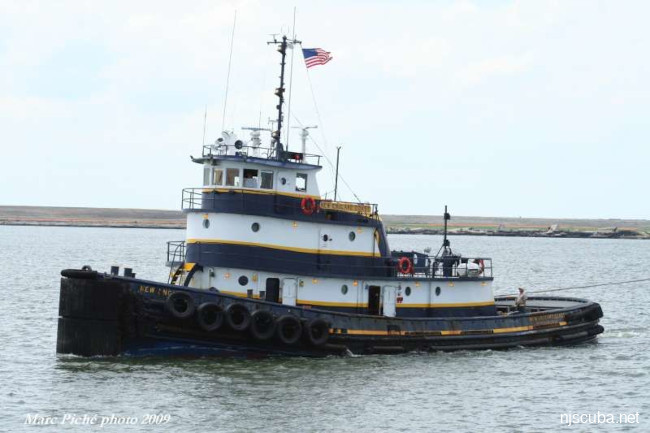
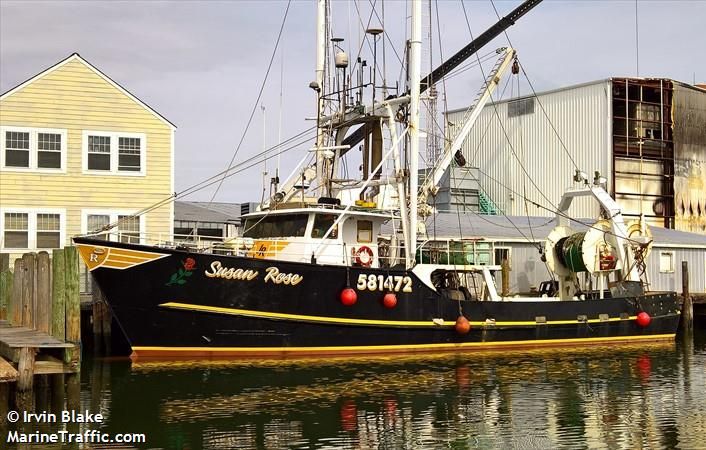

Questions or Inquiries?
Just want to say Hello? Sign the .